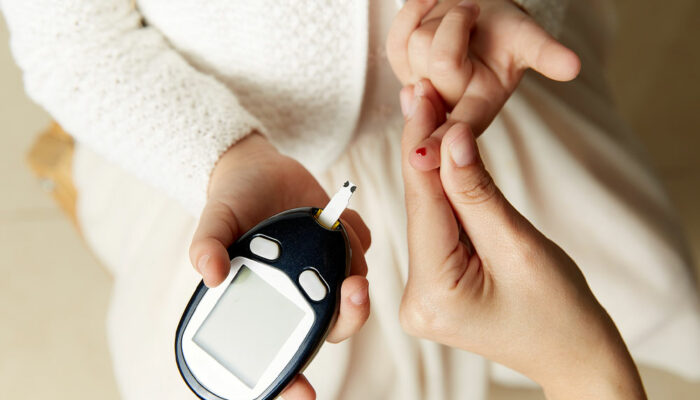7 essential tips for using trash bags and cans

Trash cans or bags are essential for keeping the house and neighborhood clean. However, sometimes, a trash bag may cave in due to the weight of the waste it is holding and end up making a mess of the bin, or it may tear, letting liquid seep through. Fortunately, there are some neat hacks to make trash bags stay put and ensure the cans and bags are functional and smell-free. The article also lists a few tricks to make trash day hassle-free:
1. DIY a garbage bag holder
This is a neat trick that anyone can try. Garbage bags often collapse due to the weight of the waste, making them difficult to use. Those who are struggling with keeping the garbage bags in place can line the bin with a garbage bag as usual, cut out a gaping hole in the trash can lid, place it on top of the bin, and throw the trash through the hole at the top. This way, the lid’s rim secures the bag, preventing it from slipping. This way, one can easily throw trash into the bag without worrying. That said, this only works for dry waste, as wet waste can rot and cause the place to smell if it is not adequately covered.
2. Use a bungee cord
Another way to make sure the trash bag remains in place is to hold it in place with a bungee cord. Simply line the trash can with a bag and secure it with a bungee cord placed tightly around the rim. One can also buy trash can bans instead of using a thick order. In fact, one can also use a bungee cord to hold together multiple empty bins so that strong winds do not propel them.
3. Use newspapers
A bag may tear, and liquid may spill through, causing a mess. It can be juice, water, or any other leftover food item that has started to rot and decay. These juices may seep through and collect at the bottom, leading to a foul smell. A neat trick to fix this issue is to line the bin with newspapers and place a garbage bag. This way, the newspaper immediately absorbs any leaks and collects food that gets away. When taking out the trash, one can also retrieve the dirty newspapers.
4. Make a trash bag dispenser
This is a convenient and easy way to retrieve and use trash bags whenever the can is full and emptied. One can make a waste bag dispenser with a small pipe and a few fittings. To do this, secure a floor flange to a cabinet, thread a pipe nipple just under four inches, and thread a 90-degree PVC elbow to the nipple. Cut a vertical pipe so that it is longer than the width of the roll of waste bags. This simple and efficient technique makes it easy to fetch bags. This way, they are not lost and hidden at the back of a storage cupboard. Also, one avoids making an extra trip around the house to get a fresh trash bag.
5. Use cords to hold garbage cans in place
Just like how independent lids can be attached to the body of the trash can, the whole dumpster can easily be attached to a wall to avoid any mishaps like flying cans due to strong winds. One can simply use some screw eyes and hook-end elastic cord to install the cans in place.
6. Use hooks to secure garbage bags
Another way to ensure the garbage bag remains in place is to use medium- to large-size self-adhesive command hooks. These can easily be attached to the side of the trash cans near the lid, and the drawstrings from the trashcan can be attached to these hooks to keep them in place.
7. Use a toilet brush to clean the bin
Cleaning up the trash can every couple of days is a necessary part of household chores. Just because it is a garbage can does not mean it cannot or shouldn’t be deep cleaned every few days. In fact, it is necessary to keep the can clean, as it is a place where bacteria and insects can multiply. Always use liquid toilet bowl cleaner and a brush to wash the trash can. It is easier to clean the crevices of the bin with a toilet brush. Rinse the can well after use to avoid any dirt and bacteria buildup.
8. Hinge the lid
Another concern, especially on a windy day, is that the trash lid can easily blow away with the wind and hit someone. One quick tip to avoid that is to hinge the sides of the can to the lid with the help of a twist tie. This way, it always stays attached to the trash can and does not get misplaced.
One should always be careful when handling trash, as it contains substances that could harm humans, animals, and the environment. So, the right disposal of trash is necessary for this. This is especially true for industrial trash bags and waste bags, as they may contain harsh and harmful chemicals. Industrial trash bags are durable and are made for tough use. They are not easily degradable, so it’s best to reuse them and dispose of them properly.

